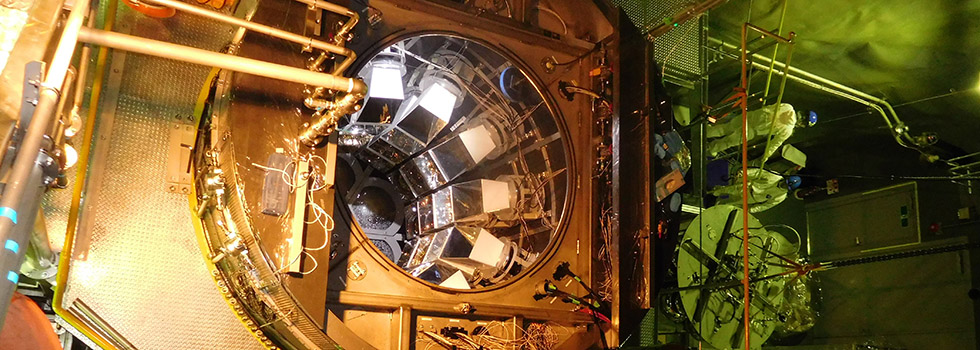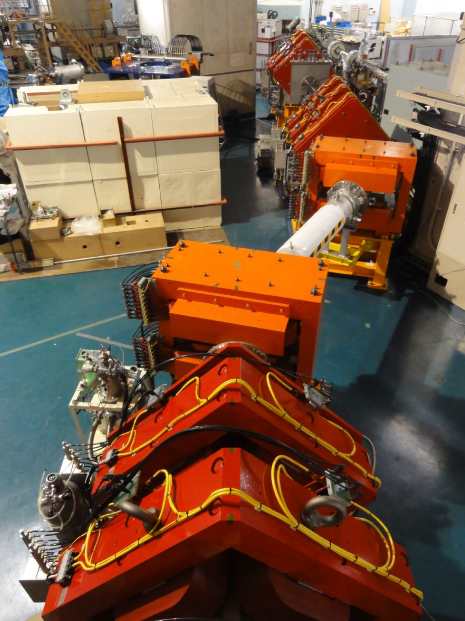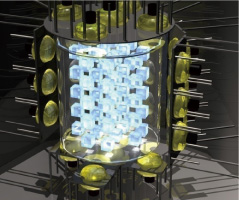
Research to reveal the history of the universe with subatomic particles
Subatomic science explores the universe on scales smaller than atoms to reveal the history of the universe from its origin to the recombination. In the Research Center of Subatomic Sciences, which was established through a collaboration between the Research Center for Nuclear Physics and the Graduate School of Science, we promote lepton flavor mixing (MuSIC), lepton number non-conservation (CANDLES), and hadron physics.
FEATURE
The Project Research Center for Fundamental Sciences leads the lepton physics (MuSIC, CANDLES).
RESULTS
Research progress
Basic and applied research with muons
The MuSIC is a DC muon beam facility located in RCNP. It has the world’s highest muon production efficiency, reaching approximately 109 muons/sec with a 0.4 kW proton beam from the Ring-Cyclotron of RCNP. The muon beam is used in the advancement of basic and applied research such as nuclear physics, particle physics, material science, radiochemistry, earth and planetary sciences. Furthermore, many experiments for many non-destructive element and isotope ratio analysis are ongoing for extraterrestrial samples and important cultural properties.

Further development
Explanation of “Mystery of the matter dominated universe”
Almost all substance of the universe is made of “matter”, not “anti-matter”. This is a mystery of “the matter dominated universe”. The key point to solve the mystery is the lepton number non-conservation that means “anti-particle” and “particle” can convert to each other. CANDLES project aims at discovering neutrino-less double beta decay which does not conserve the lepton number. For the measurement of the neutrino-less double beta decay, we have developed the CANDLES system using calcium fluoride (CaF2) crystals that include double beta decay nuclei 48Ca, at Kamioka Observatory (Institute for Cosmic Ray Research, The University of Tokyo).
